Frequently Asked Questions
1. What is the history of knife making?
2. What are the key stages in the knife making process?
3. What materials are commonly used for knife blades?
4. Why are personalized knives considered unique gifts?
5. How can one get started in knife making?
Knife making is a time-honored trade that combines both art and science. The process is not only about craftsmanship but also reflects rich traditions passed down through generations. Whether you're an enthusiast, a collector, or simply searching for unique Personalized Gifts, understanding the nuances of this craft opens a world of possibilities. In this article, we will delve into the techniques and traditions that shape knife making, exploring its appeal and connection to personalized gift-giving.
The History of Knife Making
From ancient civilizations to modern artisans, knife making has been an integral part of human development. Initially, knives were crafted from stone, wood, or bone. However, as metallurgy advanced, techniques improved, leading to the creation of blades made from metal. This evolution significantly impacted survival, trade, and craftsmanship.
Ancient Roots
The oldest known knives date back to approximately 500,000 years ago. These rudimentary tools played a key role in hunting and food preparation. As societies evolved, so did the designs and purposes of knives. Different cultures began to produce distinctive shapes, influenced by geography, available materials, and intended use.
Modern Developments
Today, knife making is celebrated not only as a practical skill but also as an art form. Modern artisans blend traditional techniques with contemporary methods, creating knives that are both functional and aesthetically pleasing. The resurgence of interest in handmade products, including Personalized Gifts, has fueled a renaissance in knife making.
The Knife Making Process
The art of knife making consists of several key stages, each requiring a unique set of skills and tools. Understanding the process can deepen your appreciation for this craft and might inspire you to seek out custom pieces for yourself or as Personalized Gifts for friends and loved ones.
Material Selection
The foundation of any knife is its materials. Steel is the most common choice for blades due to its strength and versatility. There are various types of steel, each with its own characteristics, such as hardness, toughness, and corrosion resistance. Other materials, such as carbon steel and stainless steel, are also popular and can affect the blade’s performance and maintenance.
- High Carbon Steel: Renowned for its edge retention and ease of sharpening.
- Stainless Steel: Offers excellent corrosion resistance and durability.
- Damascus Steel: Known for its beautiful patterns and edge quality.
Forging and Shaping
After selecting the right material, the next step is forging, where heat and hammering are used to shape the steel into the desired form. Techniques vary; some artisans prefer traditional hammering methods, while others may use modern power tools. This stage requires significant skill, as the knife’s shape and balance are critical for optimal functionality.
Hardening and Tempering
Once shaped, the knife undergoes hardening, a heat treatment process that increases the blade's hardness. Following hardening, tempering is essential to relieve stress in the steel, preventing it from becoming brittle. This balancing act is crucial for creating a blade that holds its edge while remaining durable enough to withstand regular use.
Finishing Touches
Finishing involves polishing and sharpening the blade, as well as creating the handle. Handle materials vary widely, from wood and bone to synthetic materials. Many artisans choose to customize handles to not only enhance grip but also add a personal touch, making the knife a perfect choice for Personalized Gifts.
Techniques in Knife Making
Throughout the knife-making process, various techniques play a significant role in the final product's quality and artistry. From forging to finishing, here are some core techniques used by skilled knife makers.
Stock Removal
For those who prefer not to forge, stock removal is a popular method. This technique involves cutting the blade shape from a pre-existing metal stock, which is then ground and polished. It is a less labor-intensive process compared to traditional forging, allowing for precision and consistency in the final product.
Damascus Patterning
Creating Damascus knives involves layering different types of steel and then forge-welding them together. This process results in a beautiful and intricate pattern on the blade, making it highly desirable among collectors and chefs alike. The artistry of Damascus knives adds sophistication, especially when crafted for Personalized Gifts.
Handle Crafting
The handle is as important as the blade itself. Custom handle crafting allows artisans to shape and design handles that fit the user's hand perfectly. This can involve inlays, carvings, or even engraving, making each knife a unique piece of art that fulfills the role of a thoughtful gift.
The Cultural Significance of Knife Making
Knife making is not just a craft; it carries deep cultural significance in many communities around the world. Expressing personal identity and tradition, the act of knife making can forge bonds and create stories.
Regional Traditions
Different cultures have their distinct styles based on historical needs, resources, and artistic expressions. For example, Japanese knife makers follow centuries-old traditions, producing some of the world’s finest culinary knives with breathtaking craftsmanship. Meanwhile, African tribes often create ceremonial knives with rich cultural meanings, conveying stories through their intricate designs.
Symbolism of Knives
In many cultures, knives symbolize strength, protection, and craftsmanship. Gift-giving often includes knives as a way to convey respect, admiration, or loyalty. A handmade knife can be seen as a rite of passage, a personal token, or an heirloom passed through generations. This makes them ideal for Personalized Gifts, often imbued with emotional significance.
Why Choose Personalized Knives as Gifts?
Personalized knives are a unique choice for gifts, offering something beyond the ordinary. They embody thoughtfulness and creativity, making them ideal for birthdays, weddings, or milestones. Here are a few reasons why you might consider personalized knives:
- Uniqueness: Each knife is a one-of-a-kind creation that can be tailored to the recipient.
- Emotional Value: Personalization transforms a simple knife into a treasured keepsake.
- Versatility: Suitable for chefs, outdoor enthusiasts, or even collectors, personalized knives cater to various interests.
Care and Maintenance of Knives
Investing in a quality knife—especially a personalized one—warrants proper care to ensure longevity and optimal performance. Here are some essential maintenance tips:
Cleaning
After each use, it’s crucial to wash your knife with warm, soapy water and avoid soaking it or running it through the dishwasher, as this can damage the blade and handle.
Sharpening
Maintaining a sharp edge is vital for the knife’s performance. Regular honing and occasional sharpening with a whetstone or professional sharpening service will help preserve its quality.
Storage
Storing knives correctly is important to maintain their condition. Use a knife block, magnetic strip, or protective sheath to keep blades safe and prevent accidents. This thoughtful approach will ensure that your personalized gift remains in pristine condition for years to come.
Crafting Your Own Knife
For those inspired by the artistry of knife making, many workshops and online courses offer an introduction to the craft. Crafting your knife can be a rewarding experience that allows for complete creative control. Whether you’re looking to create a gift for someone special or simply wish to explore the art of knife making, taking the plunge can be incredibly fulfilling.
Getting Started
Before starting your knife-making journey, research online resources and communities for guidance. You may also want to invest in a few key tools:
- Forge or furnace
- Anvil
- Hammers
- Grinder
- Safety equipment
With dedication, patience, and practice, you can create functional and beautiful knives that embody your unique style.
The Future of Knife Making
The art of knife making continues to thrive, integrating modern technology and sustainable practices. As the appreciation for handcrafted goods grows, more people are recognizing the value of a personalized touch in their gifts.
Eco-Friendly Practices
Many modern artisans are committed to sustainability, sourcing materials ethically and utilizing environmentally friendly processes. This shift not only benefits the planet but also connects consumers with the source of their products. Opting for personalized knives made with eco-conscious methods can enhance the emotional depth of a gift.
Community and Learning
The knife-making community is vibrant and welcoming. Workshops, online forums, and social media groups foster collaboration and knowledge sharing. Engaging with other knife makers can also inspire individual styles, helping you refine your craft or discover the perfect knife for Personalized Gifts.
Final Thoughts: A Slice of Tradition and Personalization
The art of knife making offers a rich tapestry of history and craftsmanship, all while delivering unique opportunities for personalization. By embracing the techniques and traditions of this craft, you can truly appreciate the artistry behind each knife—whether for personal use or as thoughtful Personalized Gifts. As you dive deeper into the world of knife making, consider how each piece tells a story, forging connections that transcend mere utility. So, whether you choose to buy a beautifully crafted knife or embark on the journey of making one yourself, remember that you’re not just selecting a tool; you’re investing in a lasting piece of art.









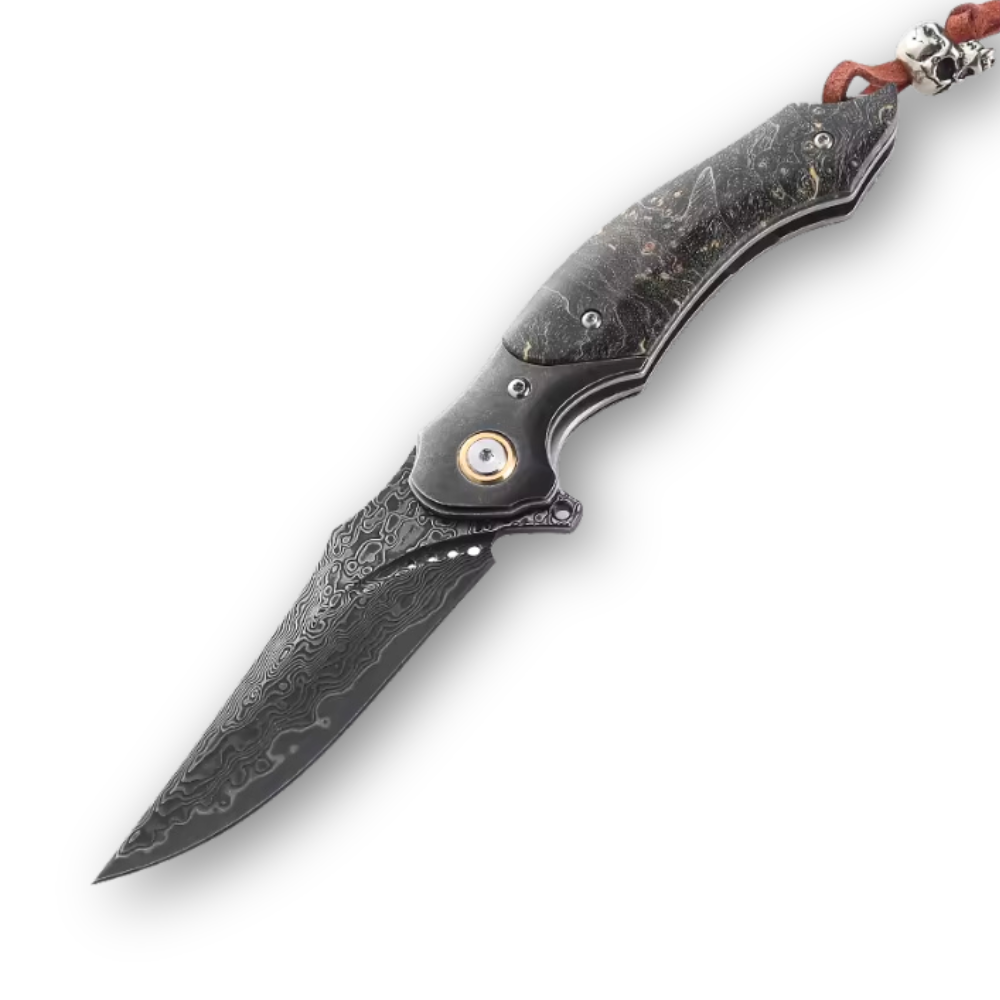










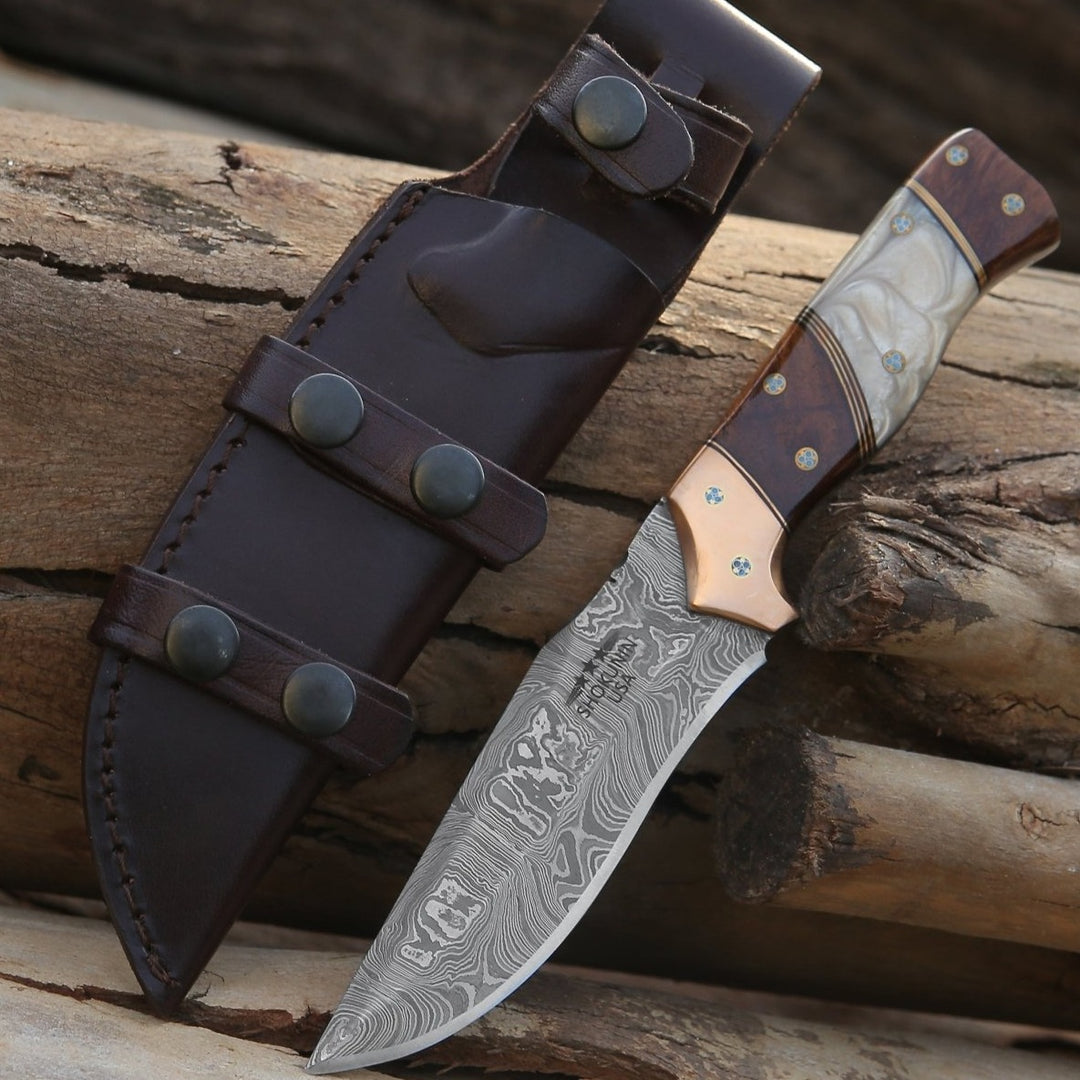
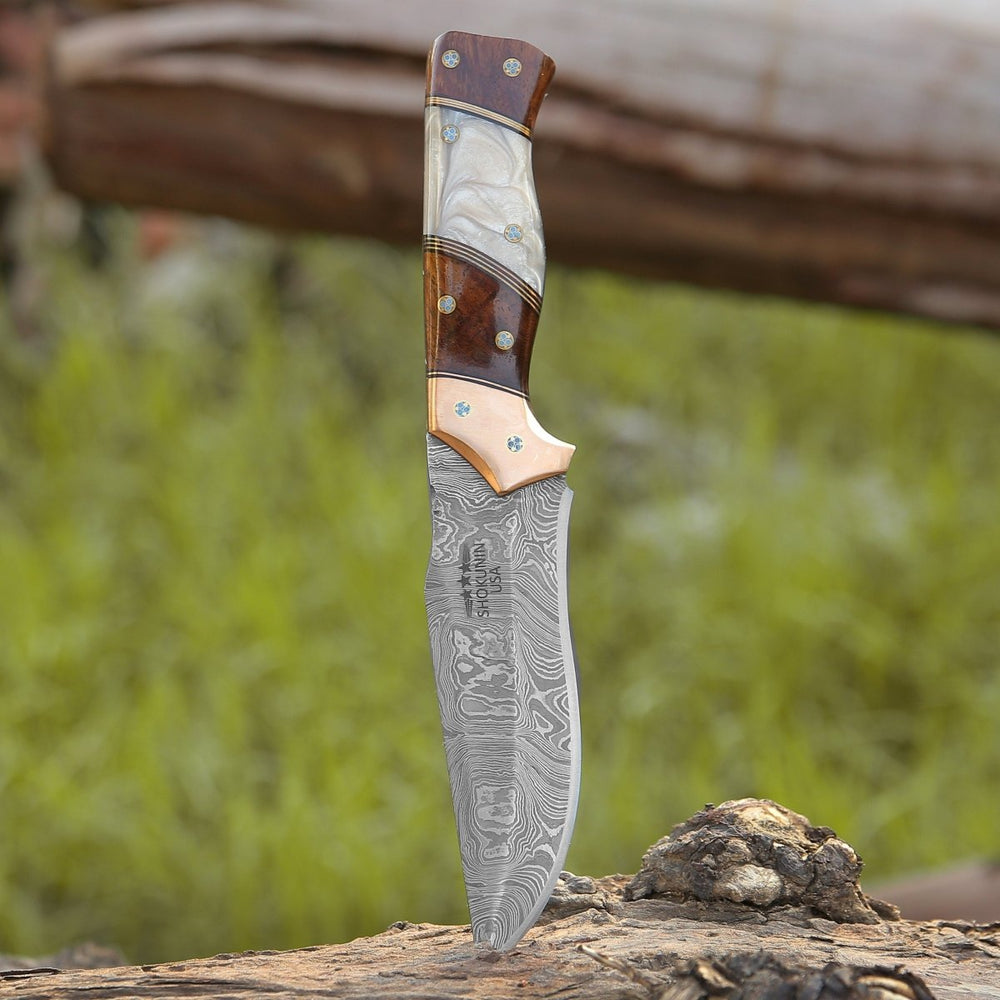


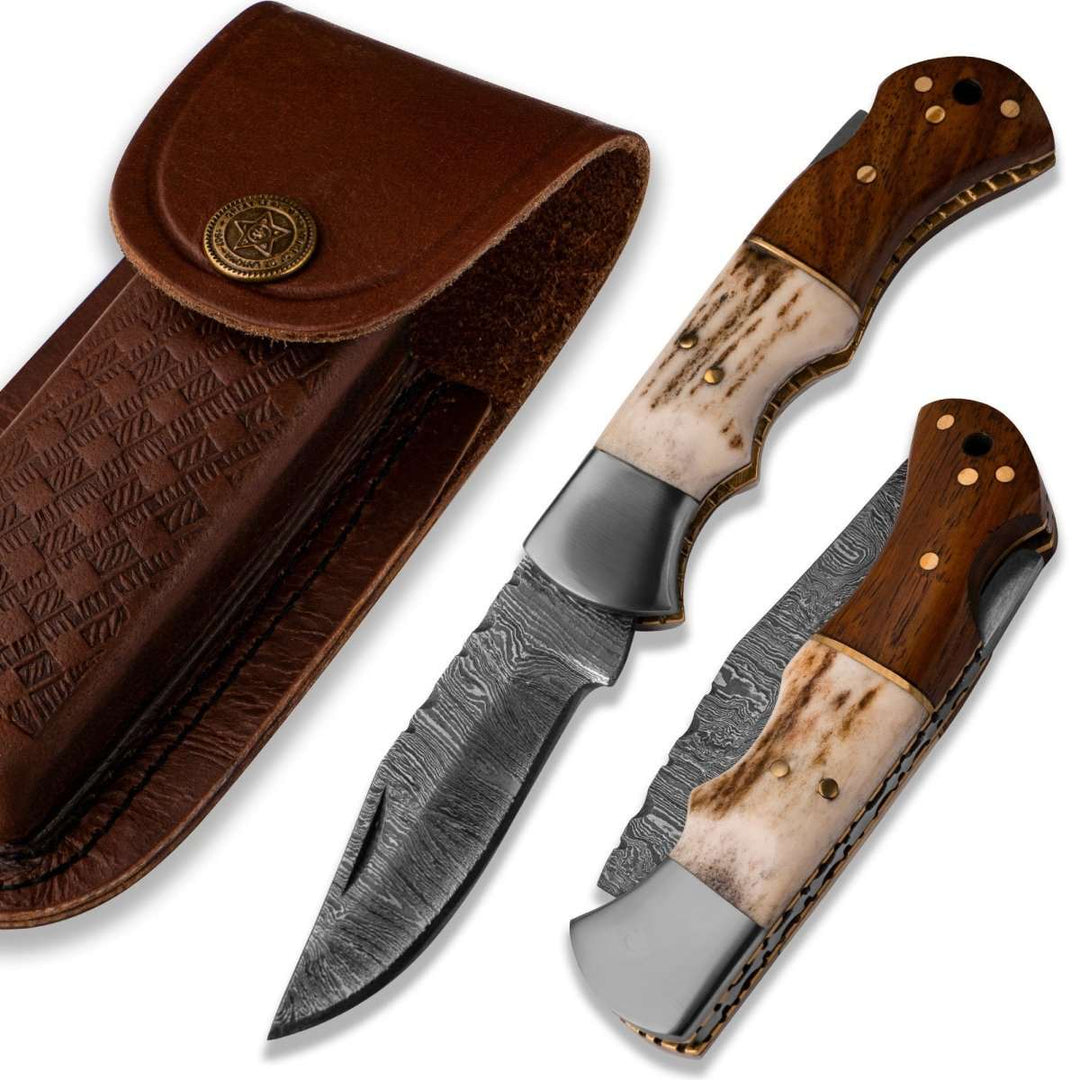
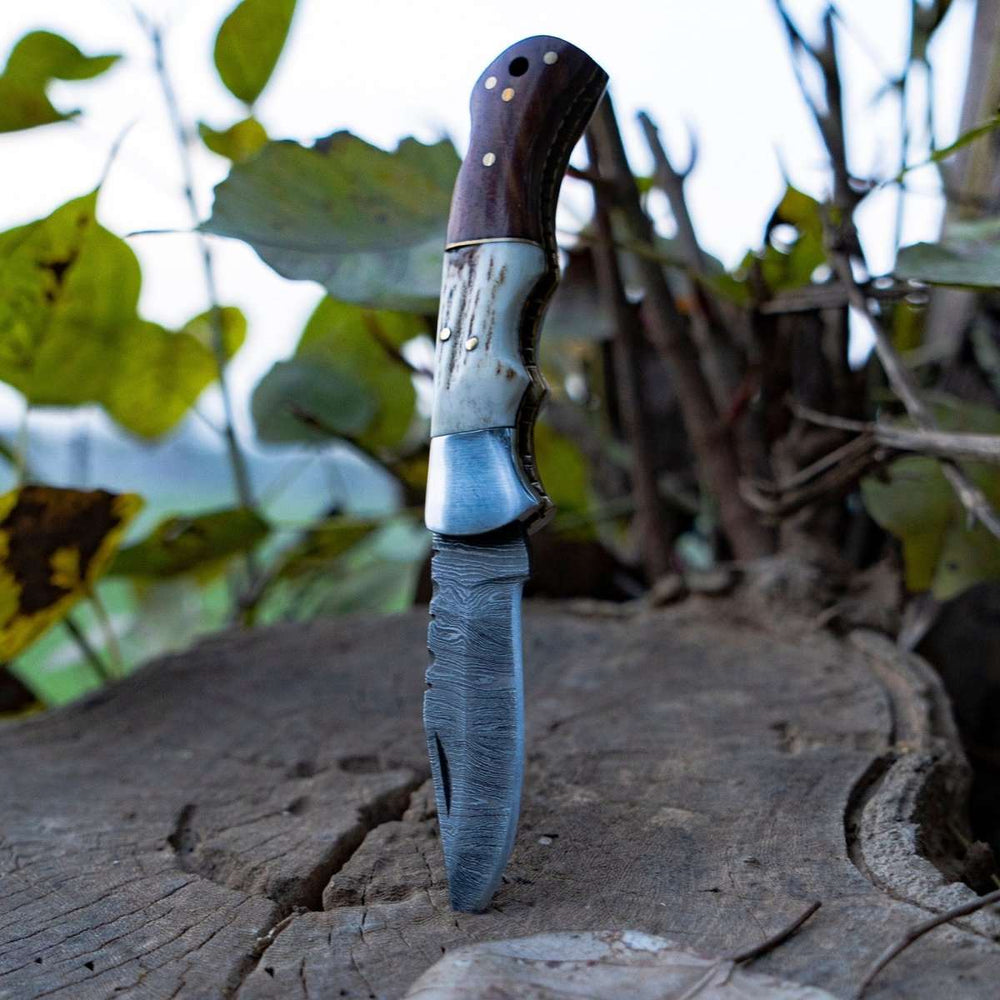




Leave a comment